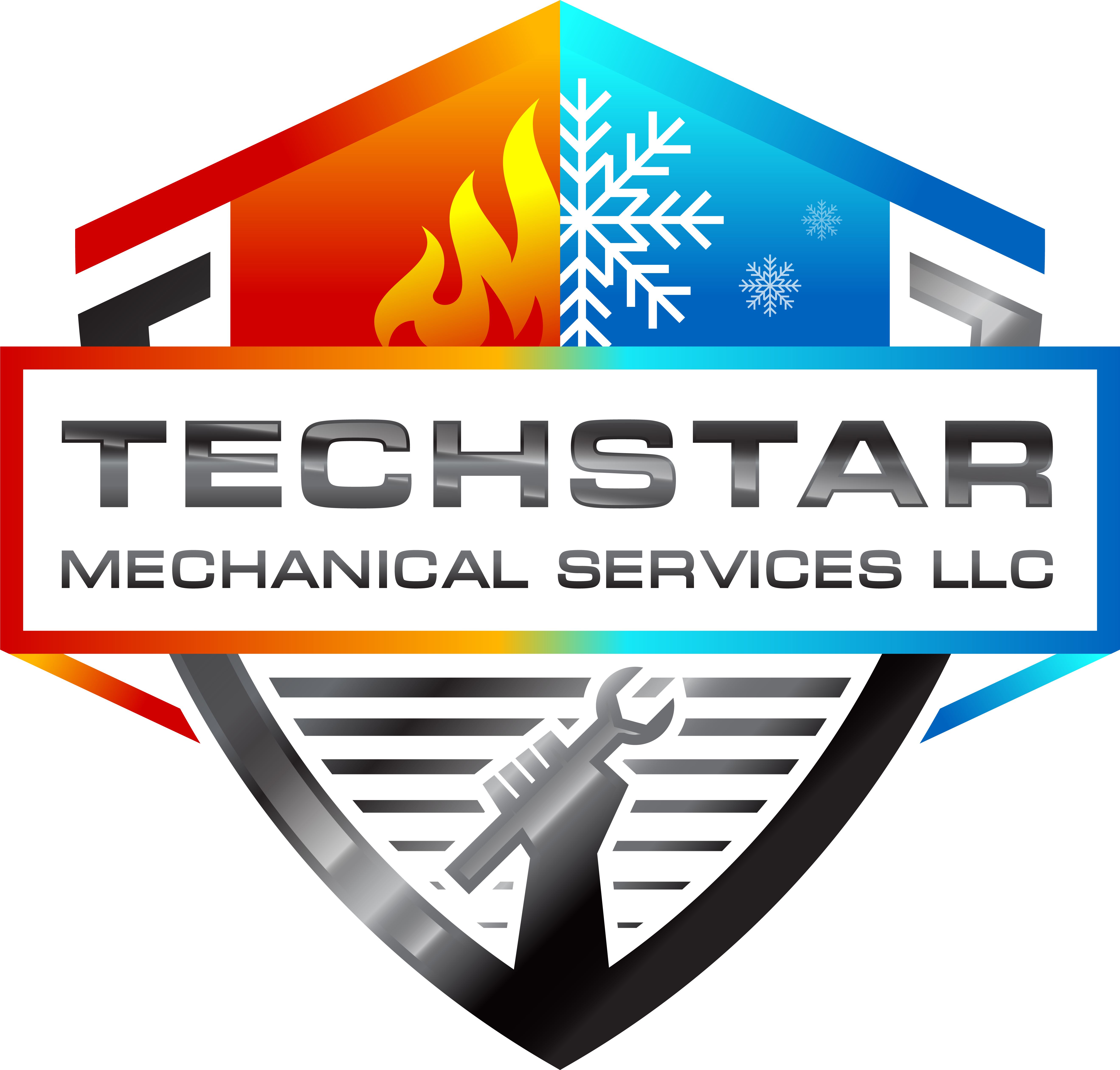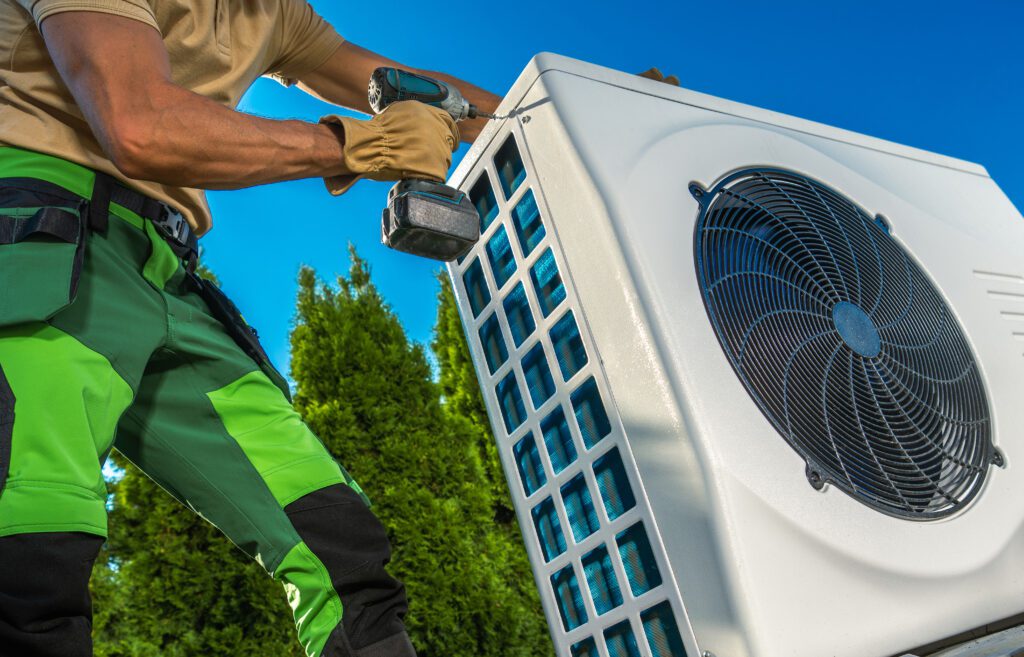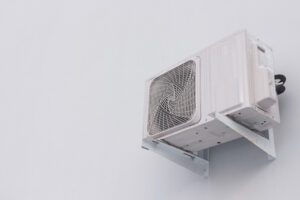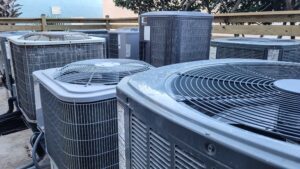Understanding the Basics of Heat Pump Installation
Heat pumps have gained popularity in recent years as an efficient heating and cooling solution for homes. They work by transferring heat rather than generating it. In Martinsburg, WV, understanding the fundamentals of heat pump installation can help residents make informed choices that lead to optimal energy usage.
At their core, heat pumps utilize refrigerant—the same fluid found in traditional air conditioners—to move heat from one location to another. In cooler months, they extract heat from the exterior air and transfer it indoors, while in warmer months, they reverse the process, acting as an air conditioner. This dual functionality not only enhances comfort but also contributes to energy savings, making heat pumps a smart choice for environmentally conscious homeowners.
What is a Heat Pump and How Does it Work?
A heat pump can be thought of as a two-way air conditioner. The system is composed of two main units: an outdoor condenser and an indoor air handler. The relationship between these components is crucial to the effective operation of the system. The outdoor unit is responsible for absorbing heat from the air, while the indoor unit distributes that heat throughout your living space.
During colder months, the heat pump extracts heat from outside air, even when temperatures are low, and uses that heat to warm your indoors. The refrigerant cycle is responsible for this transfer; it absorbs heat and changes from liquid to gas, then back again in a continuous loop, which either heats or cools your home depending on the mode you select. This process is highly efficient, as it can deliver up to three times more energy in the form of heat than the electrical energy it consumes, making it a cost-effective solution for temperature control.
Importance of Professional Installation
While DIY projects can be appealing, installing a heat pump requires expertise to ensure efficiency and safety. Professionals not only adhere to local building codes but also have the training to size the system correctly based on your home’s specific needs. This sizing process involves evaluating factors such as the square footage of your home, insulation quality, and local climate conditions to determine the appropriate capacity for your heat pump.
Using incorrect sizing can lead to inefficiencies, resulting in either high energy bills or insufficient heating and cooling. Additionally, improper installation can void warranties and decrease the system’s lifespan. Thus, partnering with a skilled HVAC contractor is paramount. Beyond installation, these professionals can also provide valuable maintenance services, ensuring that your heat pump operates at peak efficiency throughout its lifespan. Regular maintenance checks can identify potential issues before they become costly repairs, providing peace of mind and enhancing the longevity of your investment.
Pre-Installation Considerations for Heat Pumps
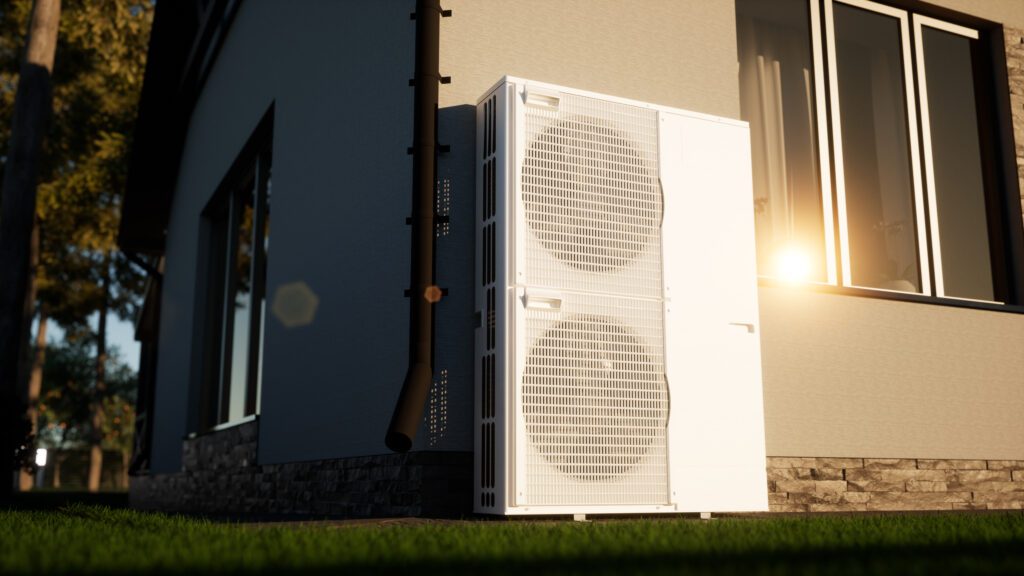
Before diving into the installation process, there are several important factors Martinsburg residents should evaluate to guarantee they choose the best heat pump for their homes.
These considerations can greatly affect not just the installation process, but also the long-term performance and efficiency of the system. Thorough planning and assessment can lead to better outcomes and satisfaction with your heat pump system.
Evaluating Your Home’s Heating Needs
Every home has unique heating requirements that depend on various factors, including size, insulation, and existing heating systems. Start by conducting a load calculation to assess how much heat your home needs during peak winter days.
This evaluation often involves considering factors such as window placement and insulation effectiveness. A professional can help with this process to determine the correct capacity for your heat pump, ensuring you maximize comfort and efficiency.
Additionally, it’s important to think about the climate in Martinsburg, which can fluctuate significantly throughout the year. Understanding local weather patterns can help in selecting a heat pump that performs optimally under varying conditions. For instance, if your area experiences extreme cold spells, you may want to consider a heat pump with a built-in backup heating system to ensure your home remains warm and comfortable even during the harshest winter months.
Choosing the Right Heat Pump Model
Once you’ve evaluated your heating needs, the next step is to select a heat pump model suitable for your specific requirements. Different models offer varying efficiency ratings and functionalities.
Look for models with a high Seasonal Energy Efficiency Ratio (SEER) for cooling and Heating Seasonal Performance Factor (HSPF) for heating, which indicate better energy performance. Additionally, consider whether you want a ducted system, which can integrate into existing ductwork or a ductless mini-split, giving more flexibility for home layouts.
It’s also wise to explore the latest advancements in heat pump technology, such as variable-speed compressors that adjust their output based on the heating demand. This feature not only enhances comfort by providing a more consistent temperature but also improves energy efficiency, which can lead to lower utility bills. Furthermore, some models come equipped with smart technology that allows homeowners to control their heating systems remotely, providing convenience and the ability to optimize energy use even when away from home.
The Installation Process: A Step-by-Step Guide
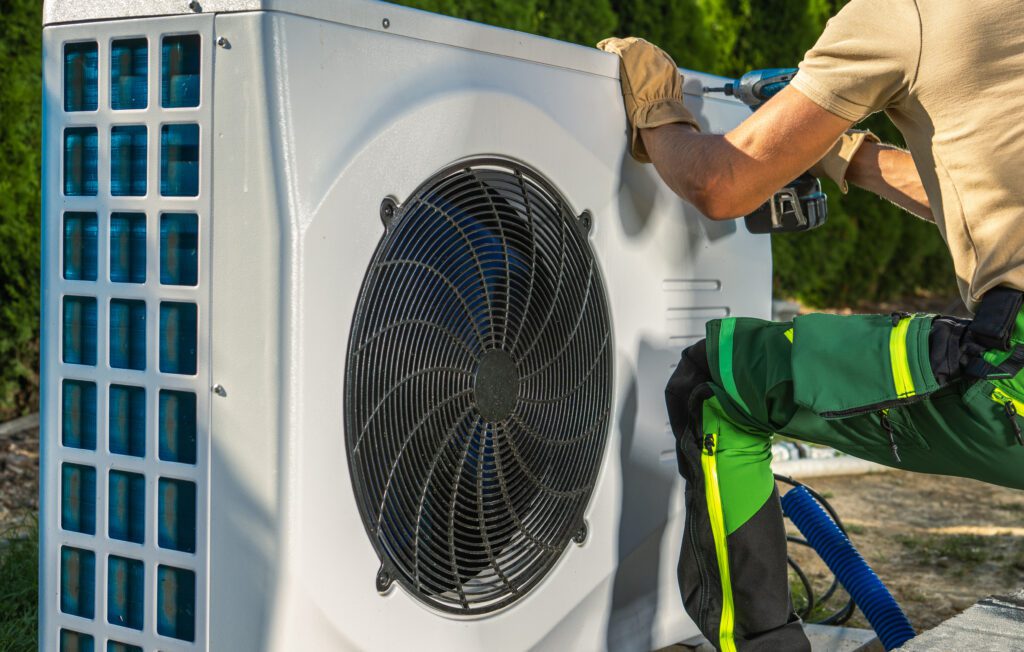
Understanding the typical installation process can ease the anxiety that comes with such a significant upgrade to your home’s heating and cooling system.
Knowing what to expect can help homeowners prepare adequately and ensure they are ready for the changes ahead.
Preparing the Installation Site
The initial step in heat pump installation is preparing the site for both the indoor and outdoor units. This preparation includes clearing debris, ensuring proper drainage, and providing adequate space for airflow.
It’s essential to keep the outdoor unit free from obstructions such as shrubs or fences, which can impede the airflow and reduce efficiency. Indoors, a centralized location away from obstructions is ideal for the air handler, ensuring even distribution of conditioned air.
Additionally, it’s wise to consider the proximity of the installation site to existing electrical and plumbing systems, as this can influence the complexity and cost of the installation. Homeowners should also check local building codes and regulations, as certain areas may have specific requirements regarding the placement of heat pump units, especially in relation to property lines and noise ordinances.
Installing the Outdoor and Indoor Units
Installation typically begins with the outdoor unit, as it requires a secure and level base. This unit is connected to the indoor unit via refrigerant lines and electrical wiring, making the positioning crucial for efficient operation.
Once the outdoor unit is placed and secured, contractors will install the indoor handler, ensuring it is optimally positioned to effectively distribute air to the desired areas within your home.
During this phase, technicians will also assess the insulation of existing ductwork, if applicable, to ensure that air loss is minimized. Proper insulation not only enhances the efficiency of the heat pump but also contributes to the overall comfort of your home by maintaining consistent temperatures throughout different rooms.
Connecting the Units and Finalizing the Installation
After both units are installed, the next step involves connecting the refrigerant lines and electrical components. This intricate part of the process requires attention to detail to avoid leaks, which could affect energy efficiency.
Once the connections are made, a specialized technician will conduct tests to verify that everything functions correctly. The final step includes ensuring that the thermostat is calibrated for optimal performance — a crucial aspect of achieving maximum comfort and efficiency.
Moreover, technicians will often provide homeowners with guidance on how to operate the new system effectively, including tips on setting the thermostat and understanding the various modes of operation. They may also discuss routine maintenance practices, such as cleaning or replacing filters, which are essential for prolonging the lifespan of the heat pump and maintaining its efficiency over time.
Post-Installation Tips for Optimal Performance
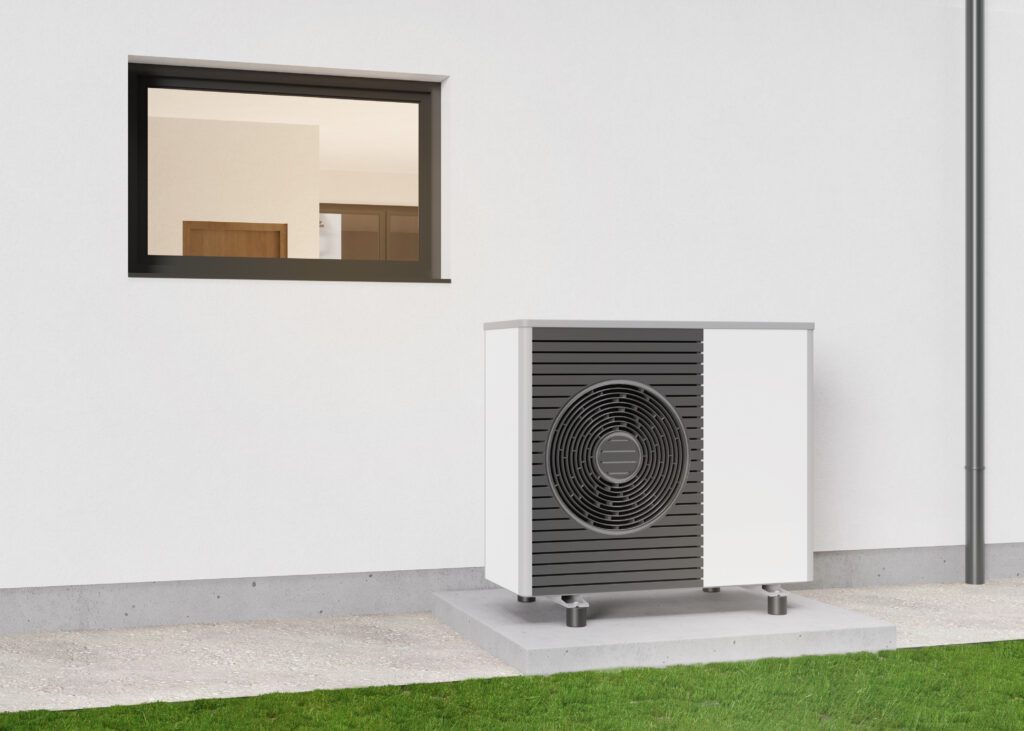
Once your heat pump is installed, it’s essential to focus on maintaining optimal performance throughout its lifespan. Regular upkeep and vigilance can prevent costly repairs and enhance efficiency.
Post-installation, homeowners should also establish routines for maintenance check-ups and address any potential issues before they escalate. Creating a maintenance calendar can be a helpful way to keep track of tasks and ensure that nothing is overlooked, allowing for a smoother operation of your heating and cooling system.
Regular Maintenance and Upkeep
Regular maintenance is key to ensuring that your heat pump operates efficiently. Tasks such as cleaning or replacing filters, checking ductwork for leaks, and ensuring that the outdoor unit is free from debris should be conducted at least seasonally. Additionally, homeowners should consider the positioning of the outdoor unit; it should be placed in a location that allows for proper airflow and should not be obstructed by shrubs or other landscaping elements.
Scheduling annual professional inspections can help catch any potential problems before they develop into costly issues. Technicians can check refrigerant levels, inspect electrical components, and ensure that overall system performance remains optimal. Furthermore, they can provide insights on how to improve energy efficiency, such as recommending upgrades or modifications that can enhance the system’s overall performance and longevity.
Troubleshooting Common Heat Pump Issues
Even with routine maintenance, issues can arise. Being aware of common problems can help homeowners react quickly to resolve them. For instance, if your heat pump isn’t heating or cooling properly, check your thermostat first to ensure it’s set correctly. It’s also wise to familiarize yourself with the heat pump’s user manual, as it often contains troubleshooting tips specific to your model.
If the issue persists, it may indicate refrigerant problems or a malfunctioning component requiring professional attention. Understanding these symptoms can help you address problems effectively before they lead to system failure. Additionally, keeping an eye on energy bills can provide clues; a sudden spike in costs may suggest that your heat pump is working harder than it should, signaling the need for an inspection or maintenance check. By staying proactive, you can ensure your heat pump remains a reliable and efficient part of your home comfort system.
The Benefits of Heat Pumps for Martinsburg Residents
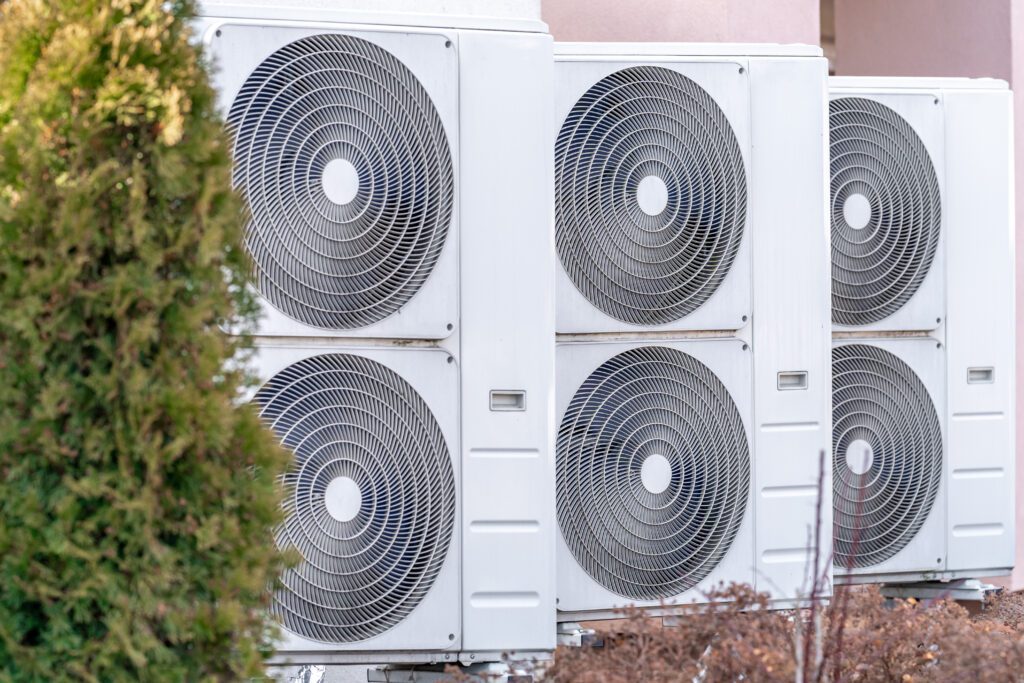
Investing in a heat pump offers numerous benefits that extend beyond simple temperature control. Understanding these advantages can help Martinsburg residents make informed decisions regarding their home heating and cooling solutions.
From energy efficiency to environmental considerations, a heat pump can significantly enhance home comfort and contribute to sustainability efforts.
Energy Efficiency and Cost Savings
Heat pumps are recognized for their energy-efficient operation, which can translate into substantial cost savings on monthly utility bills. Compared to conventional heating systems such as furnace-based approaches, heat pumps consume less energy while providing consistent temperatures.
Additionally, many models qualify for energy efficiency rebates or tax credits, making them an economically advantageous choice for homeowners. The initial investment in a heat pump may seem daunting, but the long-term savings on energy costs often outweigh the upfront expenses. Furthermore, as energy prices continue to fluctuate, heat pumps offer a more stable and predictable cost structure, allowing families to budget more effectively.
Environmental Impact and Sustainability
In an era of increasing environmental consciousness, heat pumps present a sustainable solution. By utilizing ambient air for heating and cooling, they reduce dependency on fossil fuels, thereby lowering greenhouse gas emissions.
As more individuals opt for greener solutions, integrating heat pumps into residential setups aligns with broader sustainability efforts aimed at mitigating climate change and promoting eco-friendliness. Moreover, the use of heat pumps can contribute to local air quality improvements, as they produce fewer pollutants compared to traditional heating methods. This is particularly beneficial for communities like Martinsburg, where clean air initiatives are becoming increasingly important for public health and well-being.
Comfort and Convenience Factors
Heat pumps not only offer economic and environmental advantages, but they also enhance comfort and convenience within the home. They provide consistent temperatures, quickly respond to heating and cooling demands, and, with programmable thermostats, allow for more tailored climate control.
Ultimately, this means that Martinsburg residents can enjoy a cozy and comfortable living space year-round with minimal effort. Additionally, many heat pump systems are equipped with advanced features such as smart home integration, enabling homeowners to control their heating and cooling remotely via smartphones or tablets. This level of control not only enhances comfort but also allows for greater energy management, ensuring that homes are heated or cooled only when necessary, further optimizing energy use and reducing costs.
